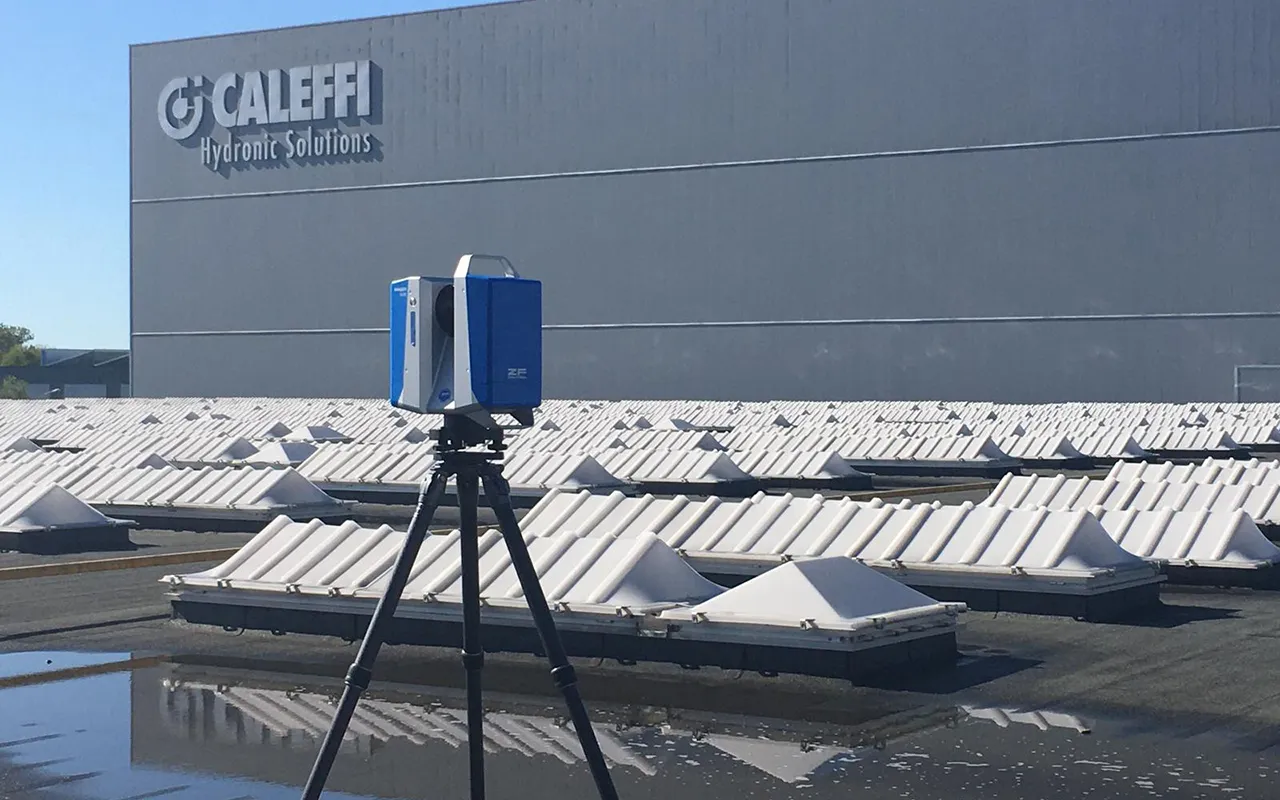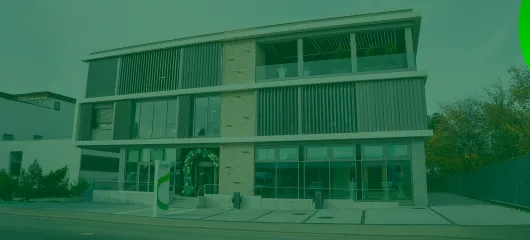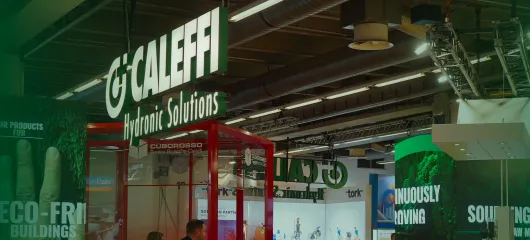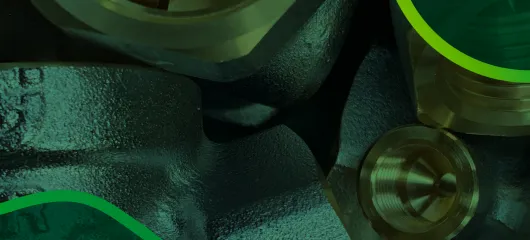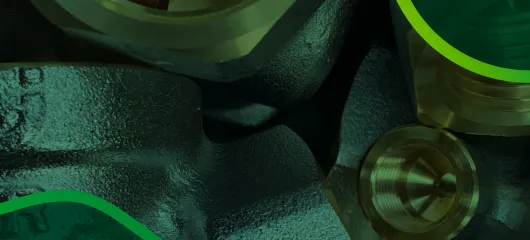Scan To BIM?
Scan To BIM is one of the most fascinating – and geekiest – processes of the BIM approach.
What is Scan To BIM?
Scan To BIM is a reverse engineering process that uses advanced detection technologies for the built environment (as-built) to obtain point clouds and 3D meshes that become the basis for Building Information Modelling (BIM). In other words, it is the reverse BIM process: reality-based information is brought into BIM systems and detected using methods such as laser scanning, Structure for Motion or high-definition photogrammetry. Once the point clouds have been captured, they are imported into Revit and the conversion process begins based on a set LoR (Level of Reliability).
Basically, special scanners can be used to scan existing buildings and detect a large number of metadata and data with the utmost precision, so that it can be set up in a BIM software and processed.
This is an extremely important possibility to transform existing buildings into BIM which, for example, need to be redeveloped or to create digital twins for smart management. With a single detection, several players can “access” the building without physically going there and can explore its sizes, volumes and materials in complete safety or overcome any problems of accessibility to the site.
But why a Scan To BIM in Caleffi?
First of all, because we are nerds and love innovation in all its forms.
Joking aside, because Caleffi is investing heavily in BIM and not only in terms of creating families of its members to be made available for MEP design. It is also investing in integrating the design approach into its internal processes.
In fact, Caleffi has decided to rebuild part of its production and plant assets with a view to revolutionising Facility Management by constantly checking the as-built in digital format, which can always be queried, and by ensuring a high level of maintenance readiness, to the point of being able to make predictive statements that may become prescriptive over time.
What does this mean in a nutshell?
It means taking a leap forward when it comes to managing the maintenance of a complex production plant such as ours, which is not so simple, while constantly keeping costs in check, knowing where all the elements to be monitored are located, being able to count them, setting alerts at the end of their life cycle or on the date of routine maintenance, and scheduling the replacement of components before they break based on statistics provided over time, all while accessing a single project.




